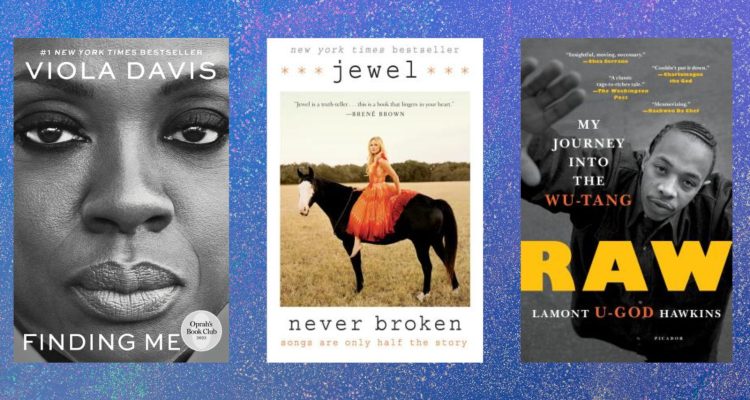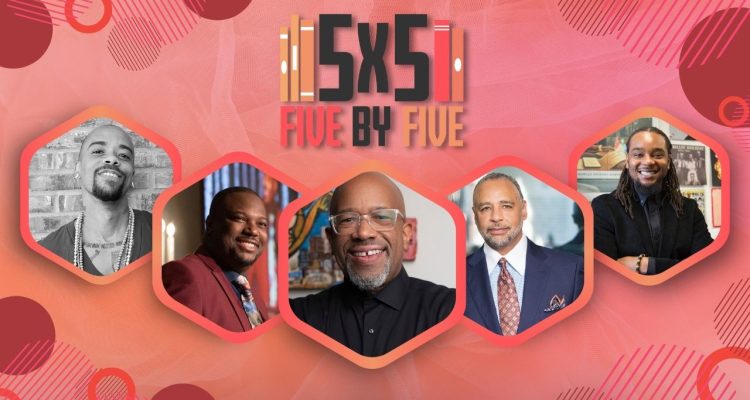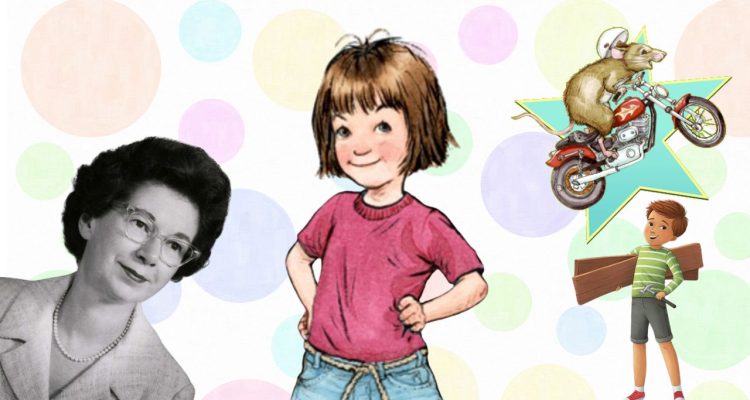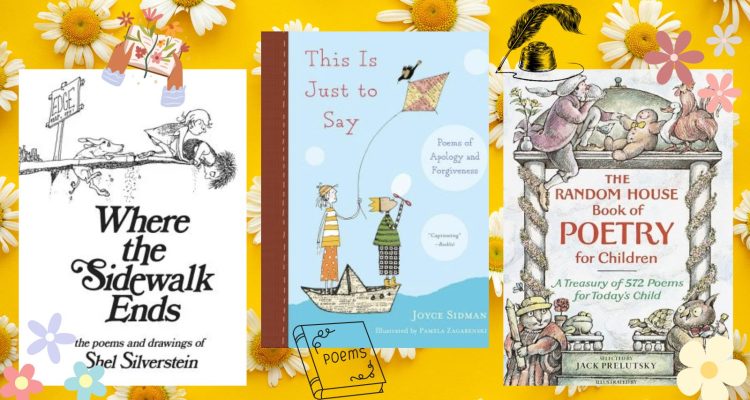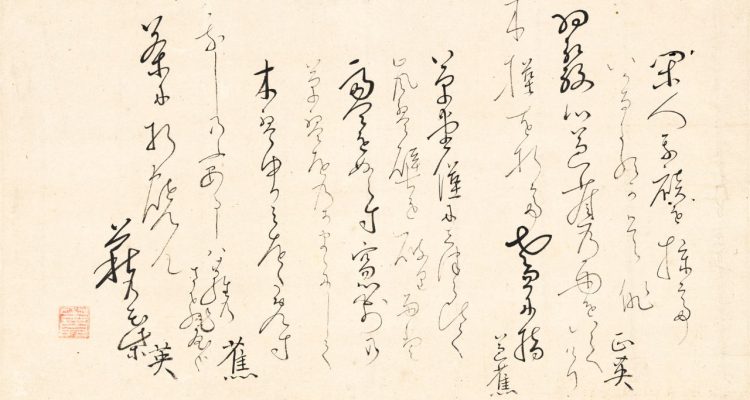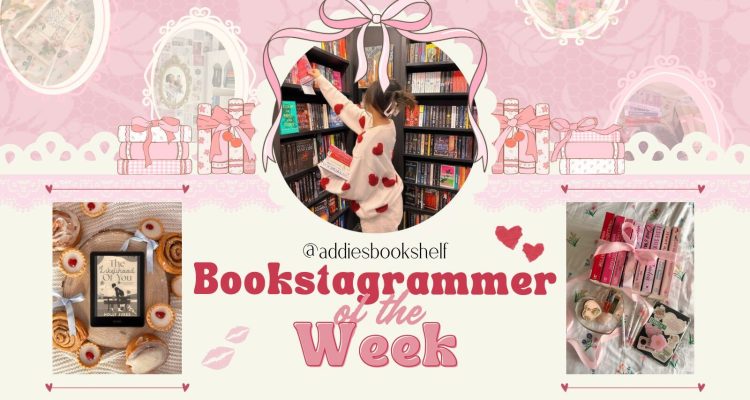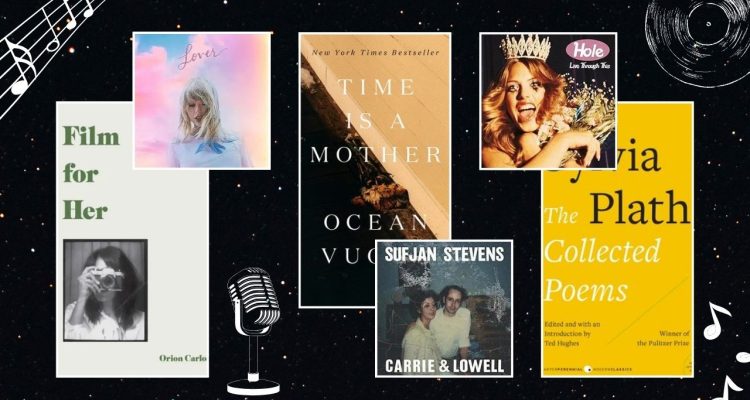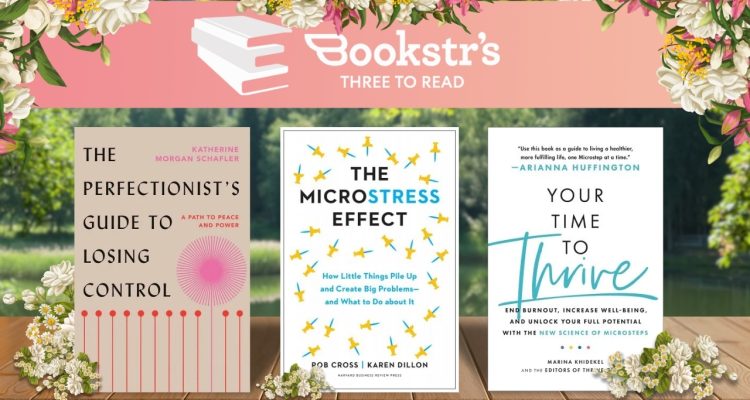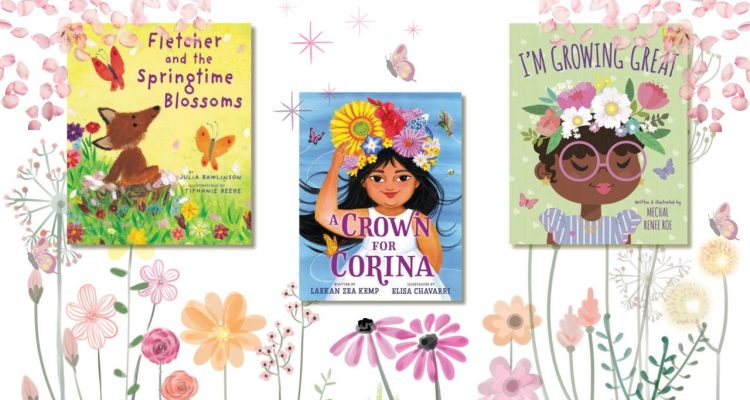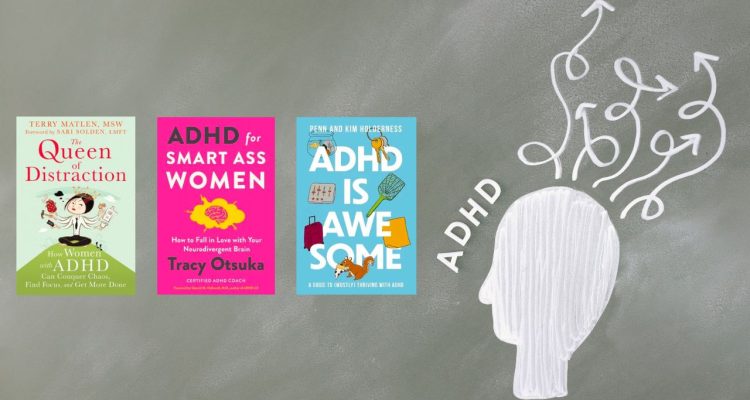The romance genre seems to be growing outside of its traditional target audience. The diversification of voices within the genre has led to a larger audience base. New ways of marketing these books (whereas they used to be marketed by separate subcategories, booksellers are now creating independent and broad romance sections) are also contributing to their growing popularity. The main driving force behind the increased interest in romance novels, however, seems to be linked to the Coronavirus. People began searching more and more for feel-good stories during the pandemic, and one expectation that almost always holds true in the romance genre is the guarantee of a happy ending.
Romance Reading of Past and Present
In the past, the target audience for romance novels has typically been women ages 35 to 54. More recently, though, this demographic range has widened to include women ages 18 to 54. Some attribute this newfound interest in romance novels in the younger generation to, again, the need for a happy ending. Gen Z has, so far, been defined in many ways by social unrest and global upset, and romance novels are a way to both cope with heavy emotions and find a happy ending in a world where that seems out of reach. Romance novels have become a way for the younger generation to connect with and relate to their own emotions.

Some of the most popular romance novels that have reached outside their target audience include the Twilight series by Stephanie Meyer, Fifty Shades of Grey by E.L. James, and The Fault in Our Stars by John Green. These books grew so popular that they became integrated into pop culture and were made into movies.
Two authors who more recently are breaking through the demographic barricade of the romance audience are Colleen Hoover and Emily Henry. Hoover’s romance novel It Ends With Us sparked a huge interest among Gen Z and reached a tremendously wide audience. The sequel It Starts With Us broke the Simon & Schuster record for fiction sales as the most pre-ordered novel in the company’s history. Some of Henry’s books that have reached a wide-ranging audience and hold a place on bestseller lists include Beach Read, People We Meet on Vacation, and Book Lovers. The reason behind the successes of these authors: Gen Z and social media.
Gen Z on the Scene
Gen Z has become a generation of readers, bringing books back into style. This is partially due to the boredom stemming from the pandemic, and, as aforementioned, the increased interest in the want for feel-good stories during the pandemic. Social media, however, plays a large role in this occurrence as well. Social media platforms offer a space to share thoughts, opinions, funny videos, and a myriad of other things. The sharing of these opinions often focuses on books, and social media platforms have become a great place to both give and get book recommendations.
Social media has also become a platform largely dedicated to marketing. New marketing trends for the romance genre can reach a larger audience than ever before with the use of social media. BookTok, a subcommunity of TikTok, has become integrated into the lives of many of the platform’s users. This subsection of the app focuses on book reviews, recommendations, and discussions. TikTok has a younger user base, and the many book-focused videos have allowed romance authors to reach a new audience.

According to NPD BookScan, a service that tracks book sales within the United States, authors whose books went viral on TikTok had reached 12.5 million sales in 2022. Although the genre has diversified in terms of voices behind the books, viral romance novels on TikTok tend to be written by white women.
Diversification of characters’ sexualities, however, does not seem to be a deciding factor in whether or not someone in Gen Z will read a romance novel, and this broader range of focus in terms of sexuality can be seen as another reason why Gen Z relates so in-depth to the romance genre. The characters’ diversification means more people will be able to relate to the books and the themes of the genre, again widening the audience for romance novels.
The main difference between romance fiction and general fiction seems to be the expectation of the reader. The ending of a romance novel, more often than not, is predictable, but the journey along the way allows expectations to be broken. Familiarity within the genre is comforting to many readers; not knowing what will happen in the beginning and middle of the books but being comforted by the predictability of the ending allows readers to feel safe. Comfort food is not beloved because it surprises its audience, but because of how it makes people feel. The same idea can be applied to the romance genre and credited for the new rising interest in romance fiction.
Like this Article? Check out more like it here.
